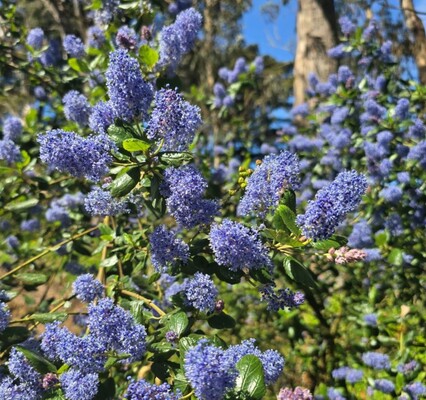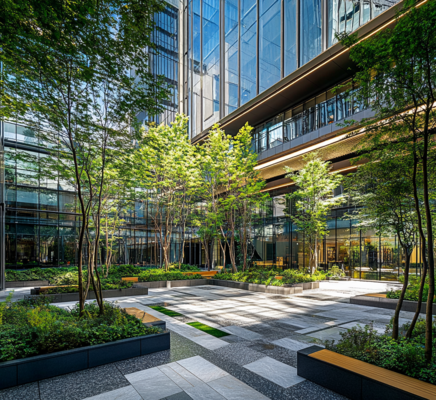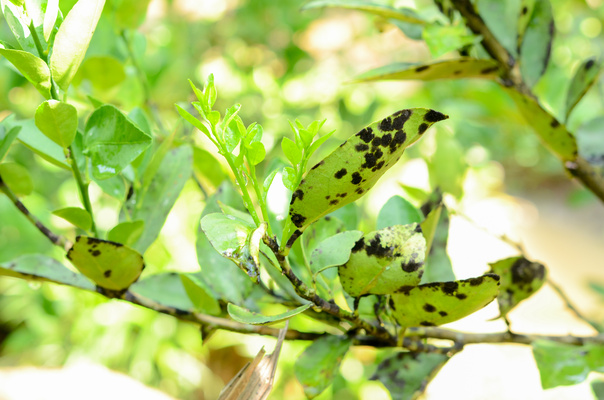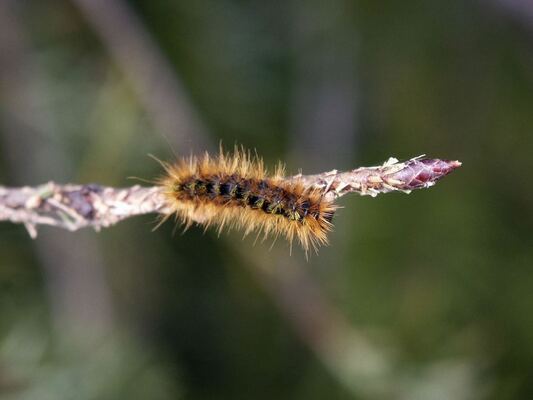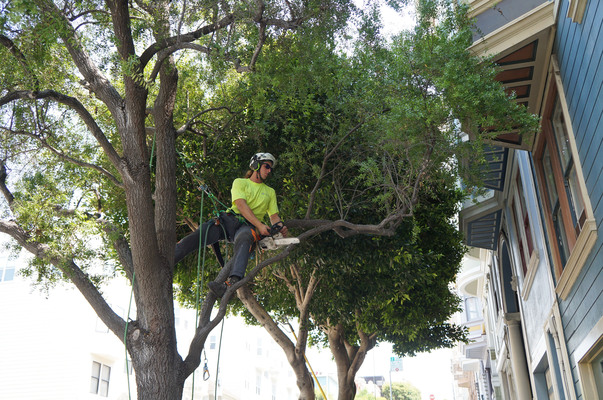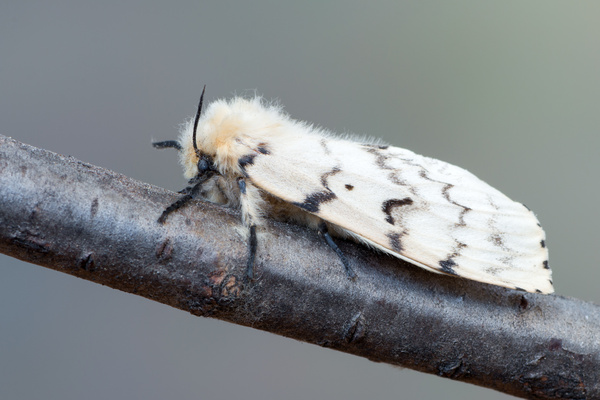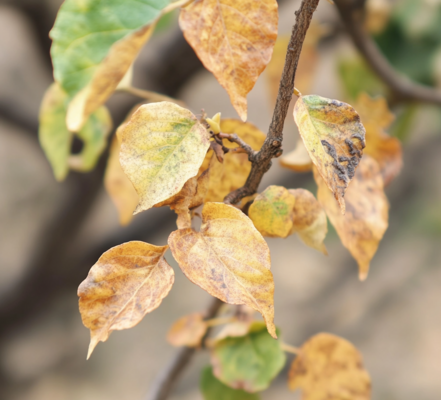Ceanothus, also known as California Lilac, is a stunning, drought-tolerant plant that thrives in San Francisco’s climate. With its vibrant blue blooms and ecological benefits, it’s a favorite for urban landscapes, providing privacy, attracting pollinators, and even offering fire-resistant properties. Learn how to grow, maintain, and incorporate Ceanothus into your garden with expert tips from Arborist Now.
Selecting the right trees for your landscape enhances beauty, shade, and property value. Factors like climate, soil, and maintenance needs play a crucial role in making the best choice. Whether you need fast-growing privacy trees or low-maintenance native species, this guide will help you find the perfect fit for your San Francisco landscape.
A well-maintained landscape is essential for any business. Hiring a professional tree care service ensures your trees stay healthy, safe, and visually appealing. From routine maintenance to emergency removal, certified arborists provide expertise that protects your property and enhances curb appeal. Discover why investing in professional tree care is the right choice for your business.
Trees in the San Francisco Bay Area face various diseases that can threaten their health and longevity. From sudden oak death to anthracnose, early detection and proper care are essential. Discover the most common tree diseases, how to identify them, and what steps you can take to protect your landscape. Trust Arborist Now for expert tree care solutions.
Discover effective strategies to control fall webworms and keep your San Francisco trees healthy. Arborist Now offers expert advice on dormant oils, insecticides, and fire safety. Learn how to protect your trees and preserve your landscape with practical pest management tips.
Pruning is essential for maintaining healthy, beautiful trees. Learn the warning signs that your trees need attention and how proper pruning can prevent hazards. Trust Arborist Now to keep your trees thriving in San Francisco's unique environment.
The spongy moth is a significant threat to tree health, causing widespread damage through defoliation. Learn how to identify this invasive pest and protect your trees from harm. Arborist Now offers expert pest management services in San Francisco to safeguard your landscape and ensure tree vitality.
The white pine weevil is a destructive pest that can severely damage tree growth and health. Learn how to identify this pest and mitigate its impact on your trees. Arborist Now provides expert pest management and tree care services to help protect your landscape in San Francisco.
Is your tree showing signs of poor health? Learn how to spot the warning signs of a sick tree, including discolored leaves, weak branches, and fungal growth. Discover how Arborist Now's expert tree care services in San Francisco can help restore your trees to health and vitality.
Choosing the right trees for your yard can enhance your home's beauty and value, while the wrong ones can cause headaches. Discover the top five best and worst trees to plant near your house in our latest blog post. Learn which trees will thrive without damaging your property and which ones to avoid for a hassle-free landscape. Don't miss out on these essential tips for a perfect garden!
